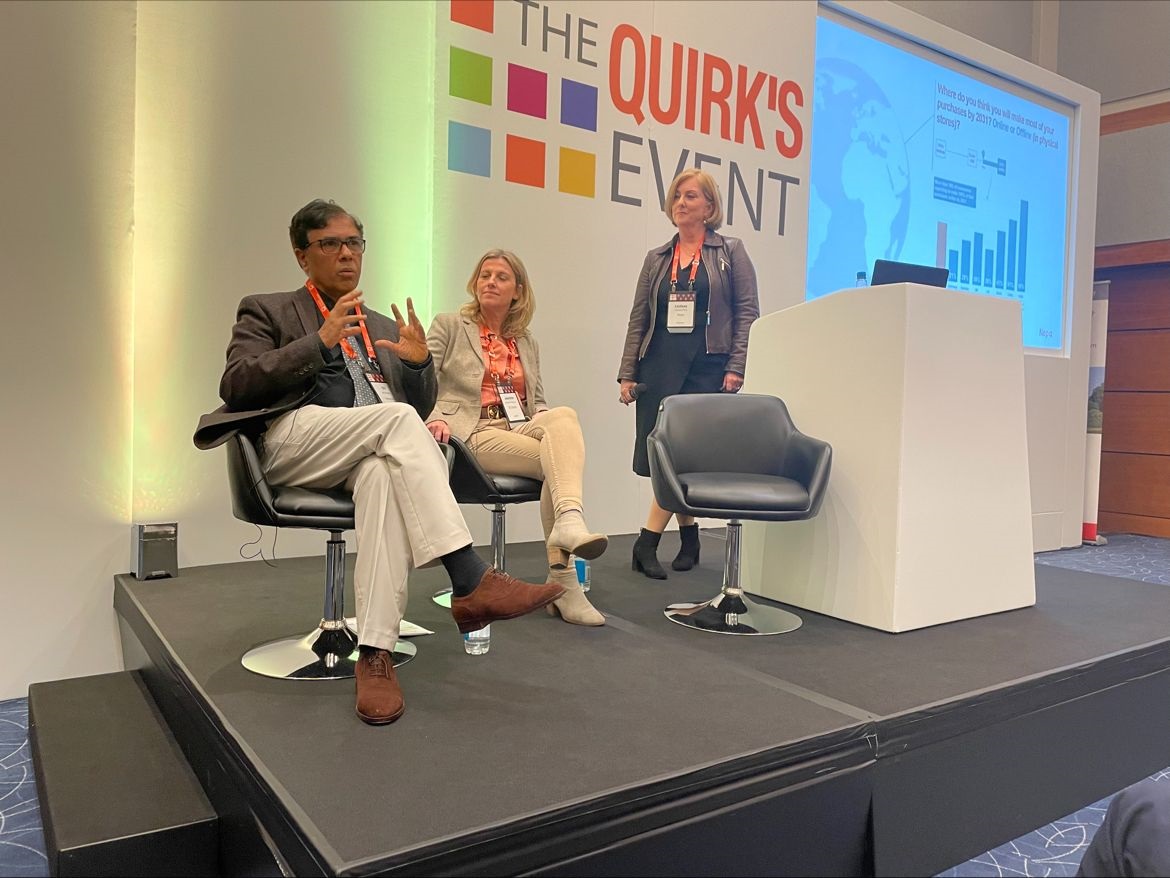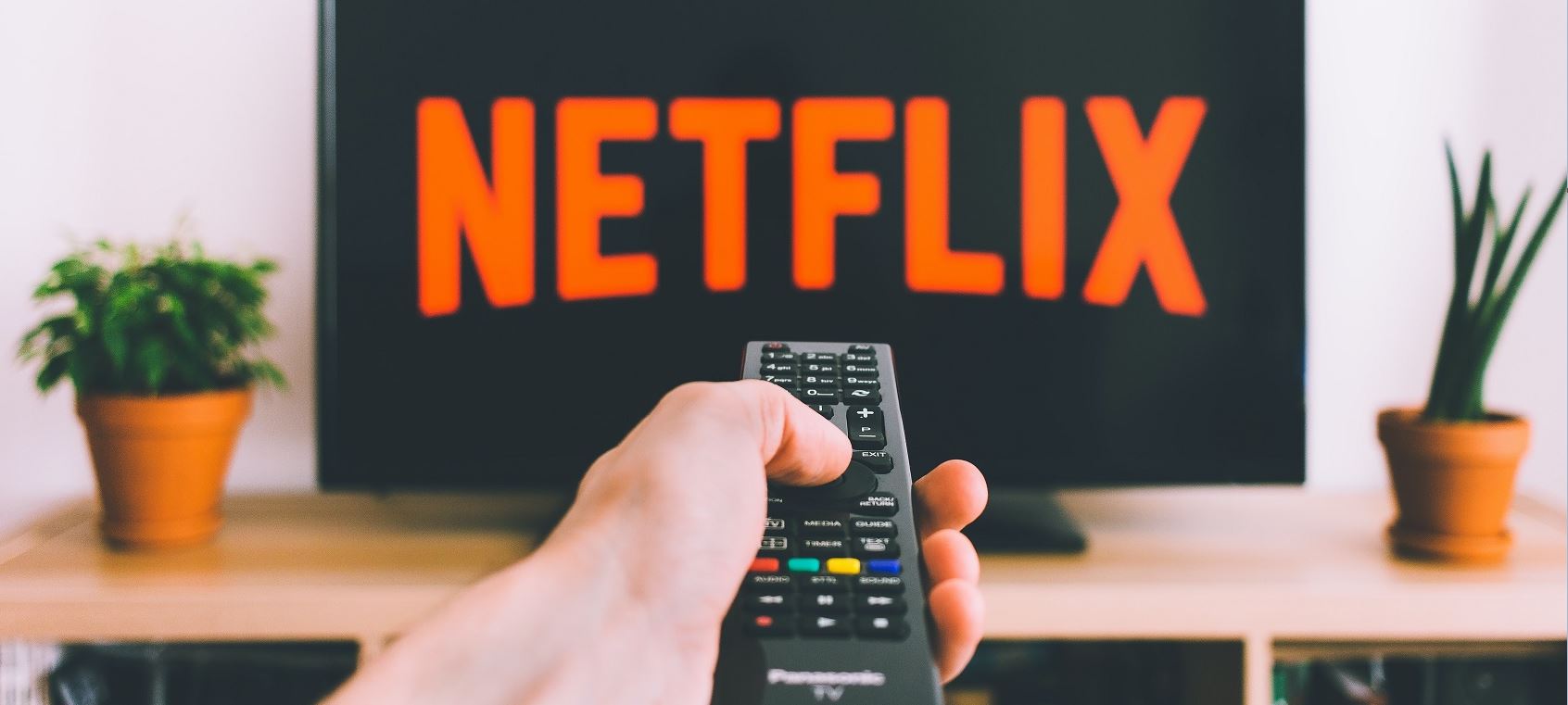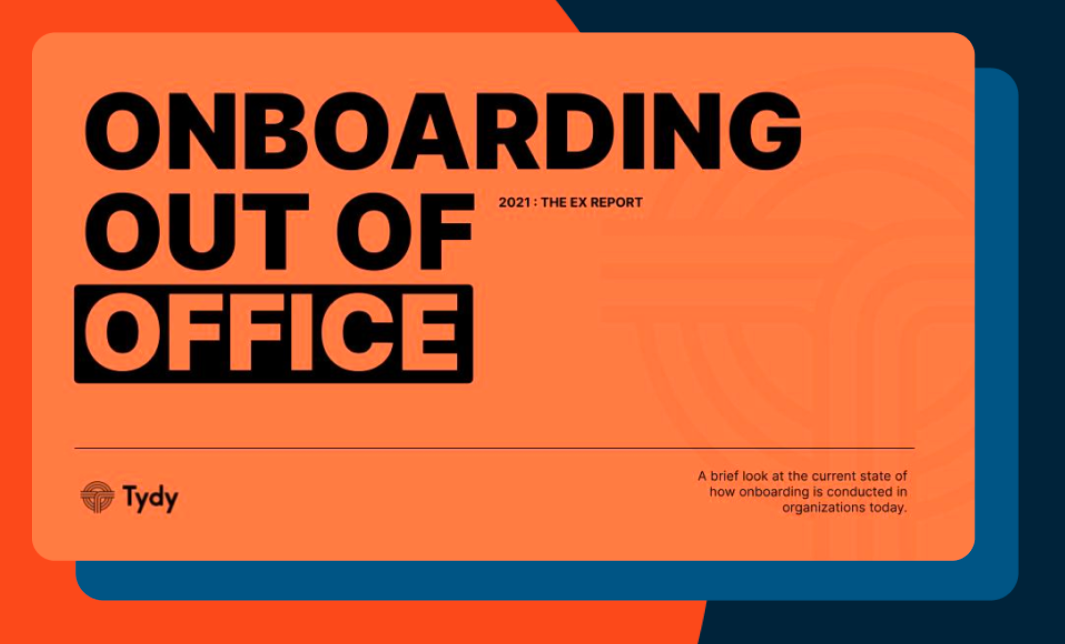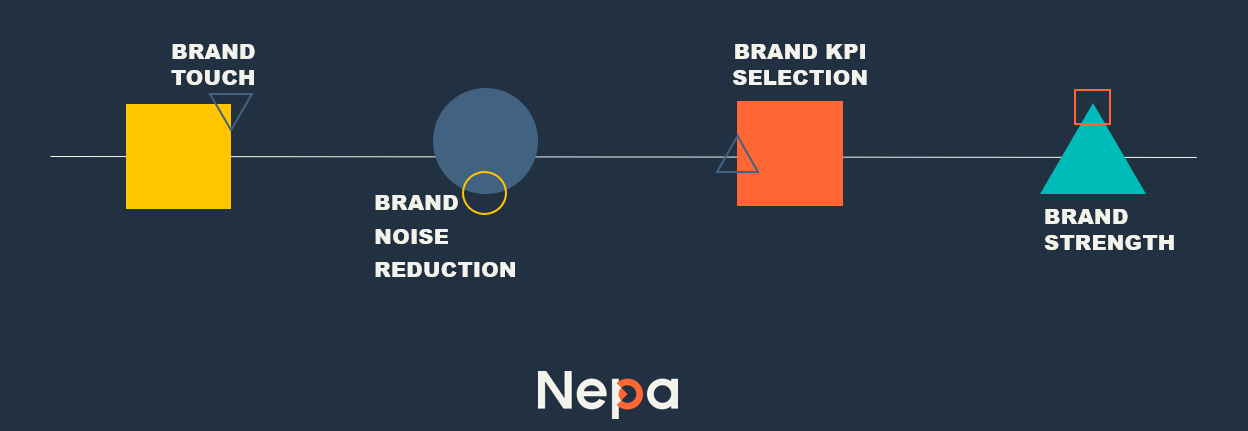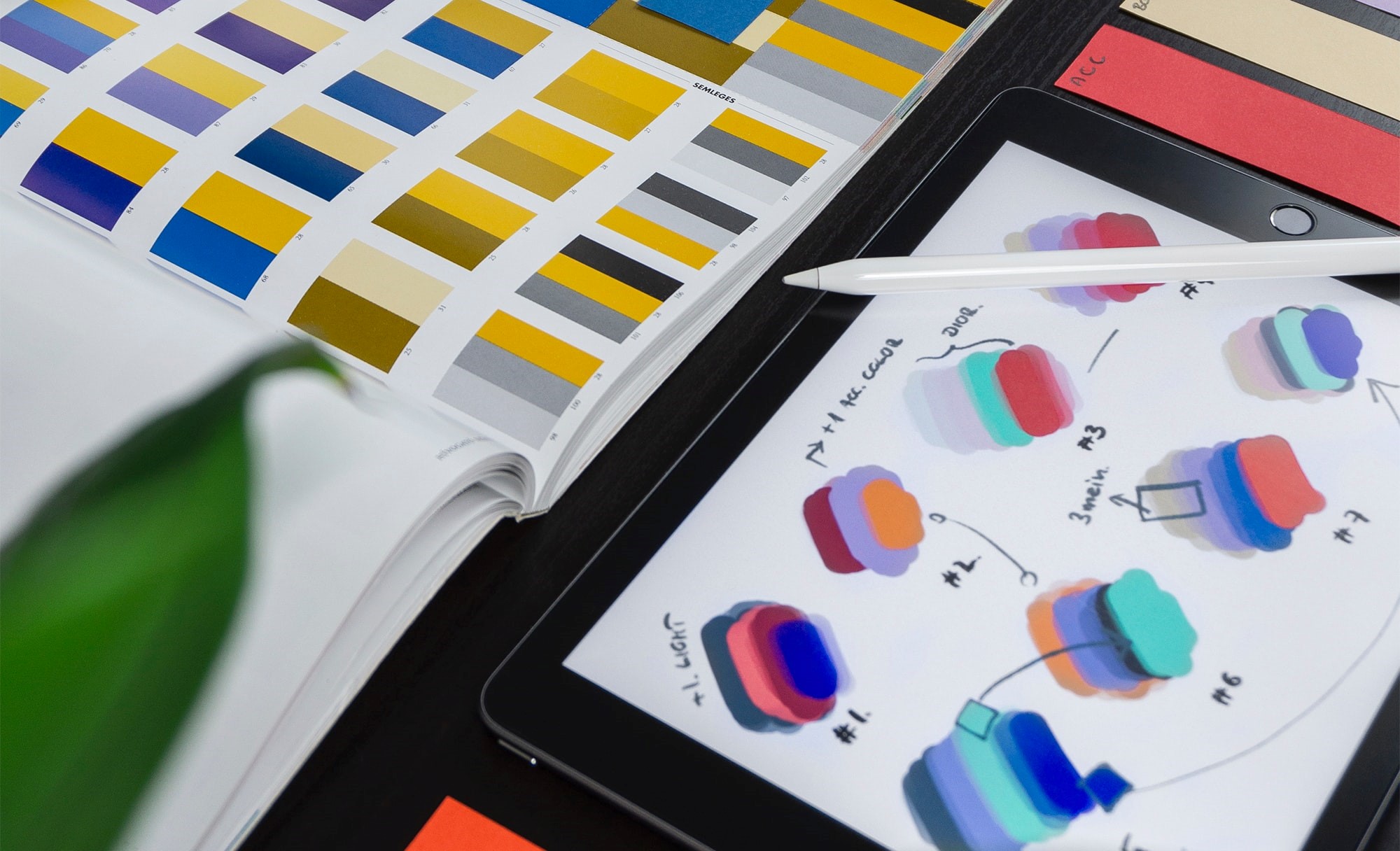Brand Tracking is a vital ingredient in your marketing operations. Imagine setting up target goals, launching large and expensive campaigns, ramping up marketing costs and then crossing your fingers for the best. Sure, you can take your time and research your consumers’ behaviors and create a detailed blueprint for your marketing, but how will you be sure? This is where brand tracking comes in.
What is Brand Tracking?
Brand tracking is essentially a process where you can follow the changes of your brands perception over time. By continuously measuring your brands health, consumers opinions, momentum and associations, you will be able to adapt and overcome problems in real-time, not when it’s already too late.
Why is Brand Tracking important?
Understanding your brands strengths and weaknesses gives you a clear understanding on where to improve and focus your attention. It also gives you a good indication on how your brand compares to your competitors. The constant feedback will help you form the brand that you set out to create from the beginning and allow you to adjust accordingly. In-depth analysis on Relevancy, Customer loyalty, Delivery, Value, Reputation, Visibility and more are key components in forming a brand that will emotionally connect to your consumers.
What to do with the information from your Brand Tracking?
Once you know what your customers think of your brand, you are much better equipped to create campaigns that can either alter or utilize their perception in the most efficient manner. If you play to that perception, your customers will not only get a better and stronger view of your brand, they will also be more willing to listen to what you have to say. The results of your brand tracking basically makes it possible to get your audience to listen.
Why should I focus on my brand and not just performance campaigns?
You might look at your brand as the motor oil in your engine, and the performance campaigns as your fuel. Without the proper motor oil, you will need a lot more fuel to run the engine, and eventually the machine will break down and suffer critical failure. Also, using the wrong type of motor oil will reduce the effectiveness of the fuel. So to optimize the impact your performance campaigns have, you need a good understanding of your brand and how it impacts your customers, and to get that you need to continuously do a proper brand tracking.
Want to know more about brand tracking and how it can be done with ease and efficiency? Contact us and we’ll tell you all about it!

